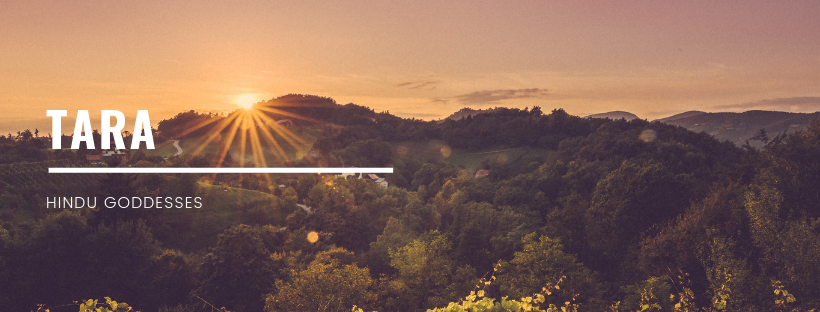Hidimba Devi (Hidimbi)

Hidimba Devi (Hidimbi) is a Goddess that is primarily worshiped in the state of Himachal Pradesh. She is not an orthodox deity and she is from the race of rakshashas (giants) who according to the Puranas are the descendants of the Sage Kashyapa, one of the 7 Saptarishis (according to the Mahabharata) i.e. the 7 sages who remain constant in each manvantara and the daughter of Daksha (one of the 10 manasa putras or those who were born from Brahma’s intellect) and Krodhavasha. An interesting fact about the rakshashas is that, in addition to being gifted with tremendous strength, they also have the ability, though they look ferocious and intimidating in their natural state, to take human shape and form or assume any form that they desire, and they may appear as either male or female. In more contemporary terms, they are shape-shifters. Hdimba Devi’s story starts in the Mahabharata and she is a Goddess who surfaces towards the end of Dwapara Yuga and at the start of Kali Yuga. In





